Latest
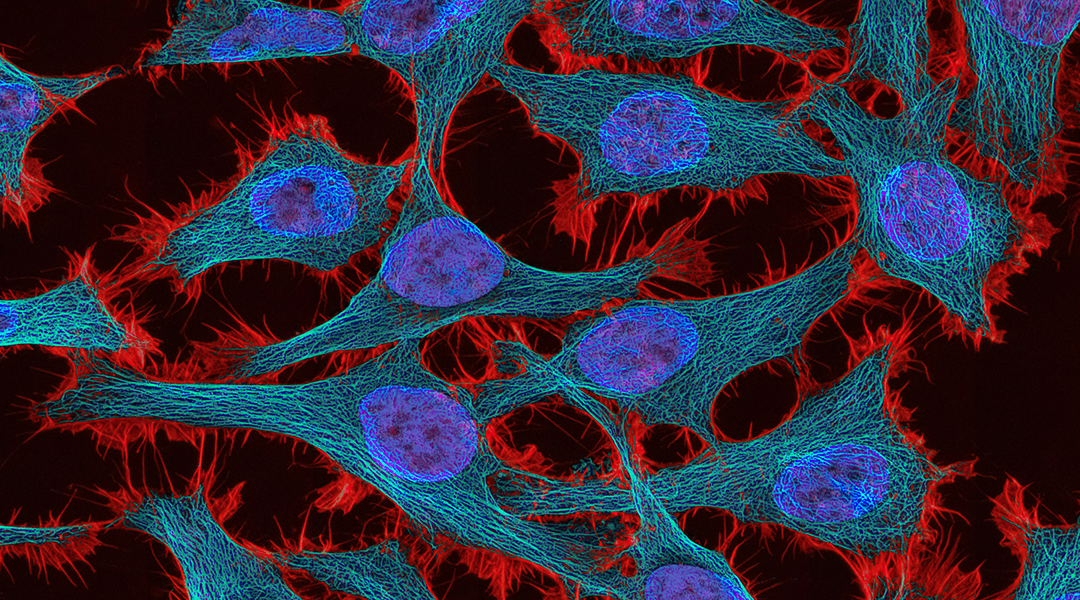
Blocking key protein halts spread of cervical cancer tumors
New findings shed light on how cervical cancer spreads to the lymph nodes, opening the door for treatments that could stop the process.
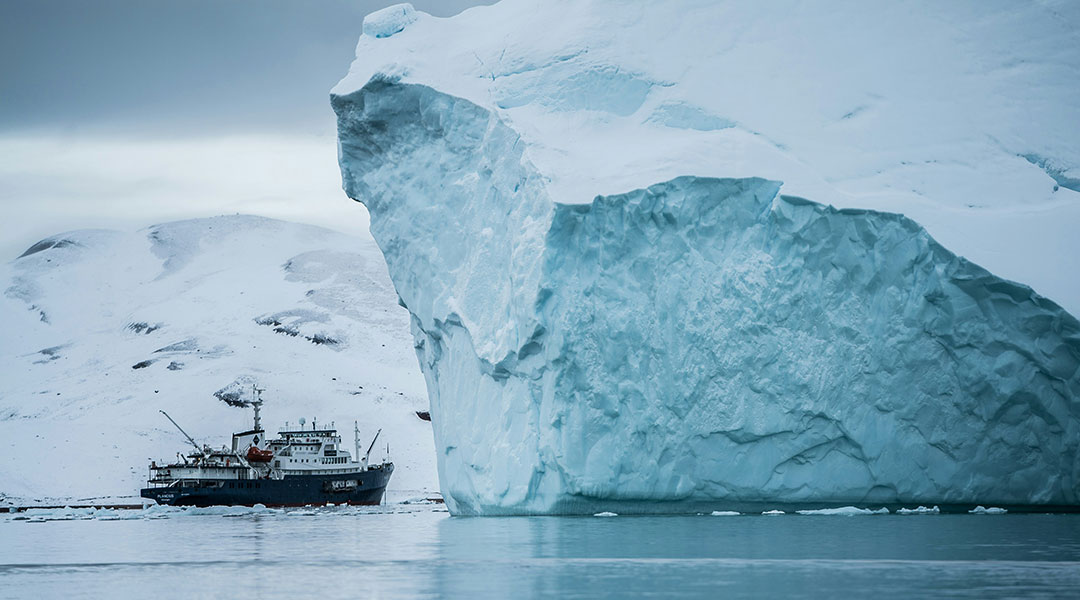
A rockslide in Greenland caused the Earth to vibrate for nine days
A mega-tsunami in Greenland surged through a fjord for days, creating seismic waves that caused seismometers across the globe to hum.

New study reveals aligned brain waves strengthen the bond between humans and dogs
Scientists have discovered that human and dog brain waves synchronize during social interactions, offering new insights into our unique bond.
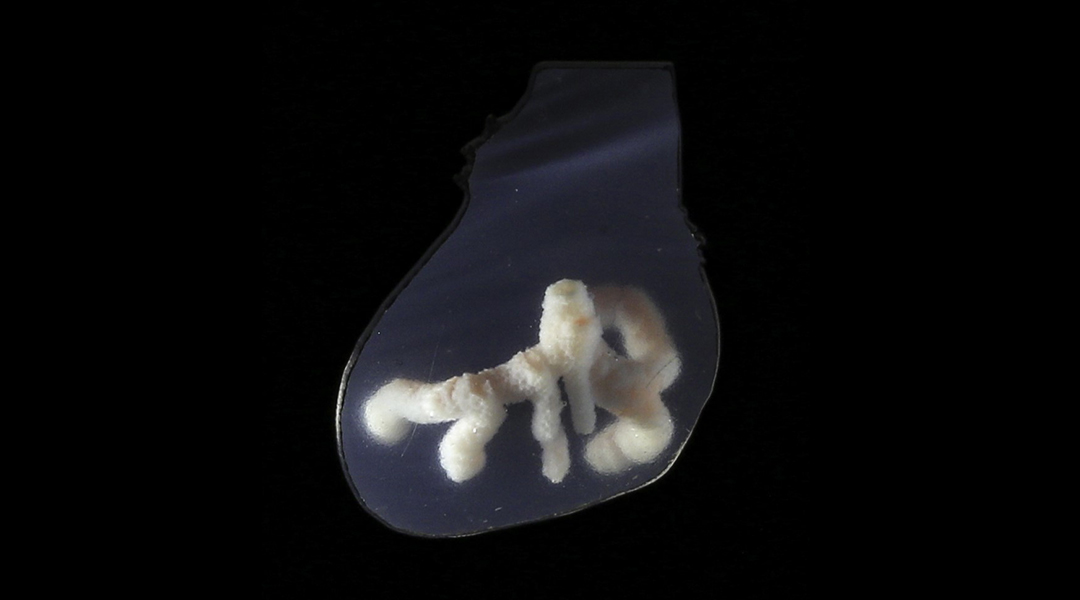
3D printing creates human-like blood vessels in heart tissue
This 3D printing method could make lab-manufactured organ transplants not just a possibility but a viable reality.

A working quantum battery may be just around the corner
Scientists create designs for quantum batteries, which harness the potential of quantum mechanics to enhance energy storage.

Titanium-based metamaterial unlocks strength beyond nature
A groundbreaking titanium metamaterial with unparalleled strength and versatility could revolutionize manufacturing and high-speed aviation.

A 3D bioprinter builds living tissue in orbit
To develop medical treatments in space, scientists first need to understand how the body behaves in this foreign environment.
ASN Weekly
Sign up for our weekly newsletter and receive the latest science news directly to your inbox.
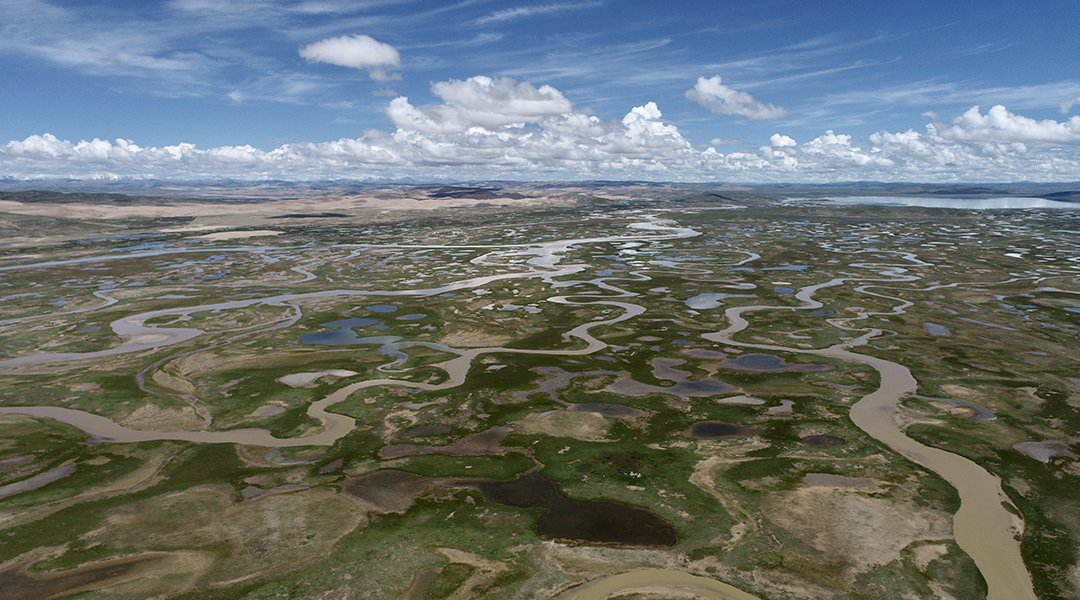
Improving the health of China’s Upper Yellow River
Environmental protection measures implemented in recent years have seen positive outcomes in improving the health of the Mother River of China.
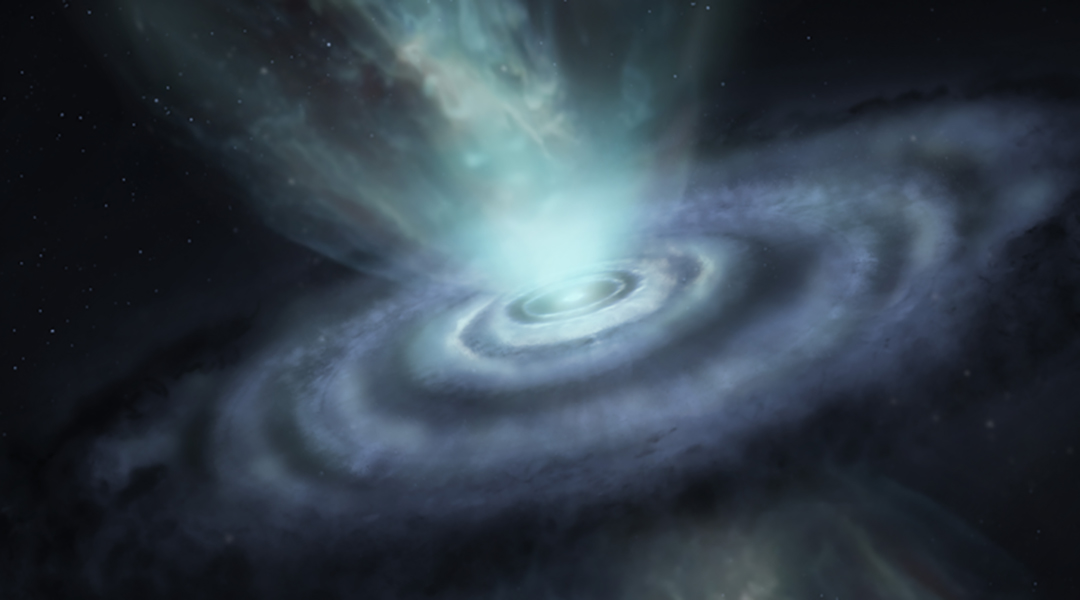
Mysterious death of carbon star
Scientists have observed the mysterious death of a carbon-rich star, which was characterized by the mass ejection of matter into space.
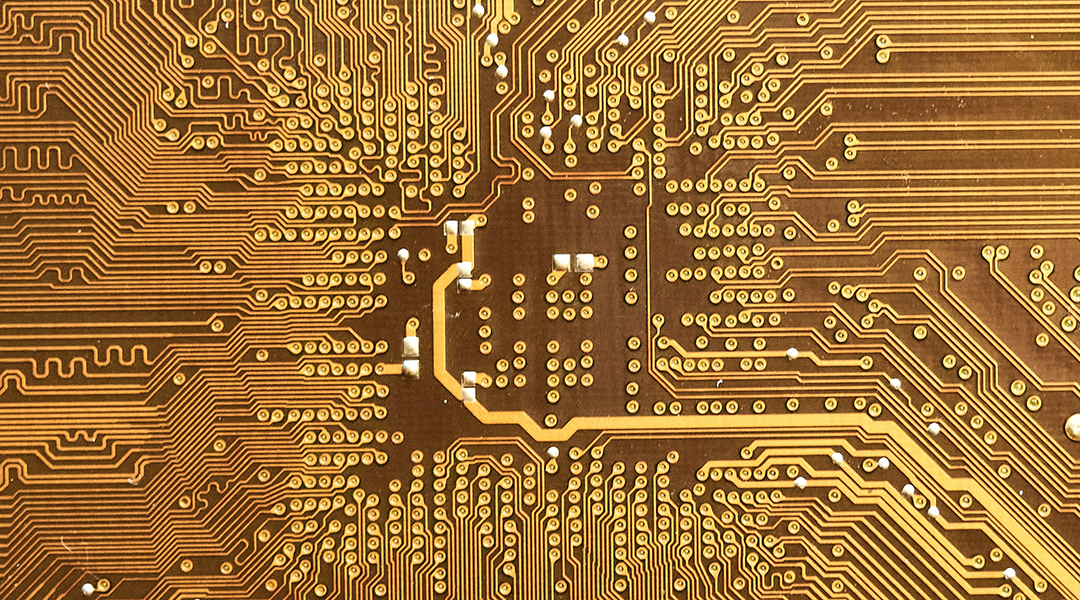
Artificial synapse created using capacitors
A new approach to in-memory computing proposes a new set up to create an artificial synapse that can both store and process data.
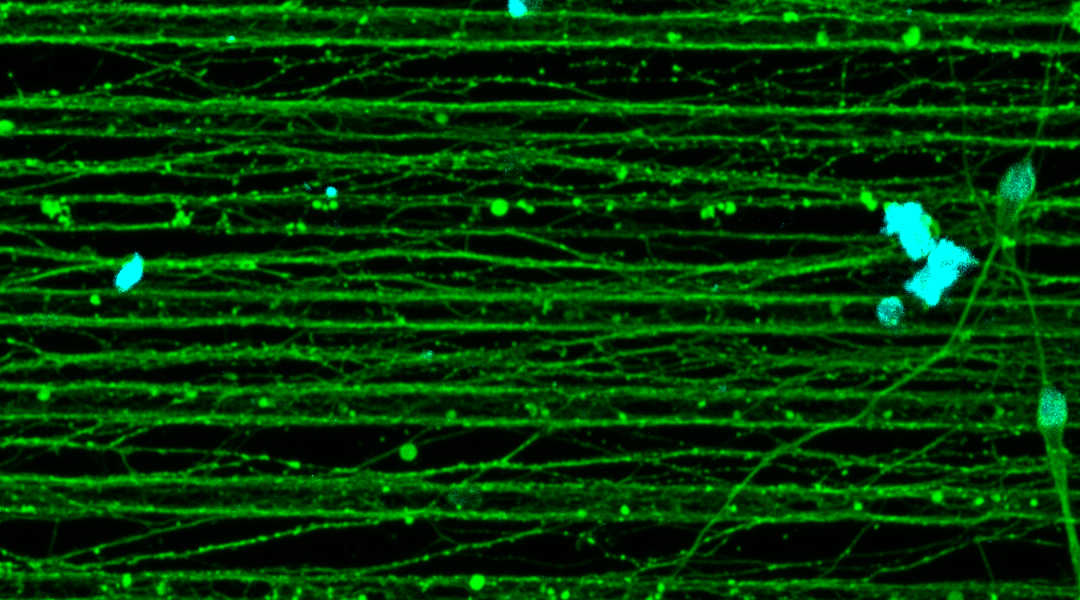
Growing nerve cells: The longer the cell, the better the model
Nerve cells are difficult to study in cultures as conventional experiments don’t allow natural growth, but a new platform aims to change this.
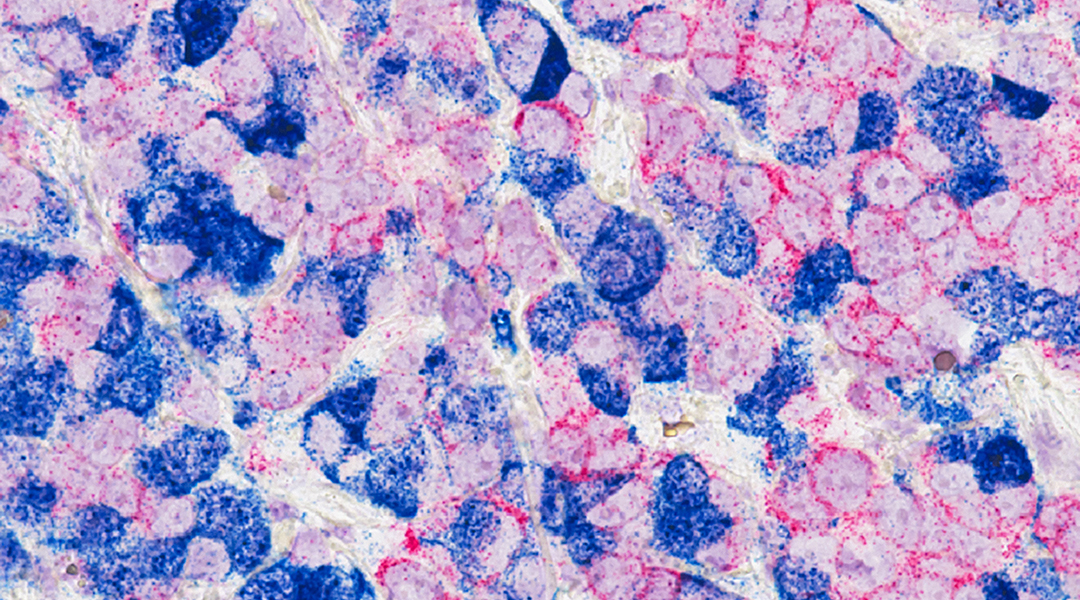
Anticancer peptides offer hope for triple-negative breast cancer
Triple-negative breast cancer has poor survival and few therapeutic options — but with a new approach, things could change.
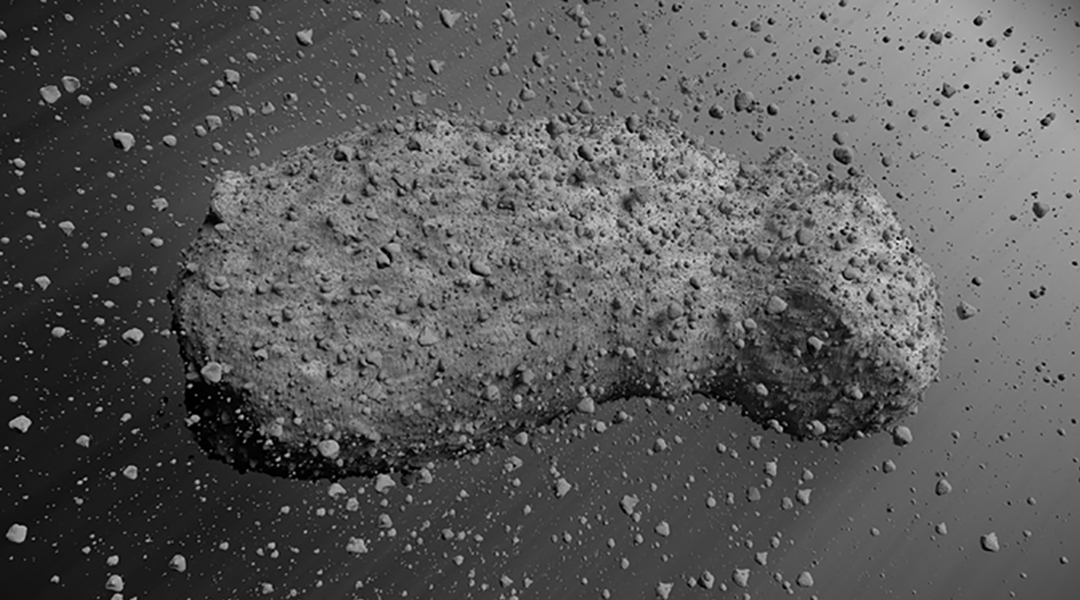
Itokawa asteroid is a rubble pile that could be tough to destroy
Analysis of dust particles collected from the surface of the 500-meter-long asteroid has implications for planetary defense.
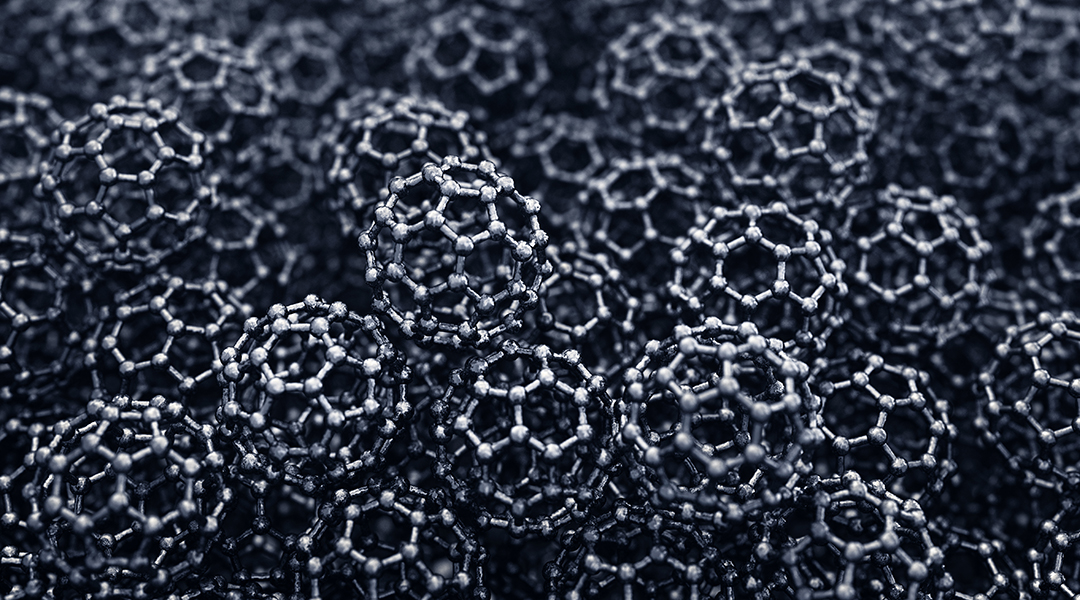
Using nanomaterials as antivirals in the fight against COVID-19
Scientists are investigating how fullerene nanomaterials can be used as antivirals against different variants of SARS-CoV-2 and other viruses.

A miniature robot for diagnosing lung cancer
This tiny soft robot can be steered through the branches of the lungs without causing damage for safer diagnosis.

Impact sensor to measure the force of headers
Even light blows from heading a soccer ball can contribute to long term brain injury, highlighting the need for collecting precise data.
No Results Found
The page you requested could not be found. Try refining your search, or use the navigation above to locate the post.
No Results Found
The page you requested could not be found. Try refining your search, or use the navigation above to locate the post.
No Results Found
The page you requested could not be found. Try refining your search, or use the navigation above to locate the post.
No Results Found
The page you requested could not be found. Try refining your search, or use the navigation above to locate the post.
No Results Found
The page you requested could not be found. Try refining your search, or use the navigation above to locate the post.
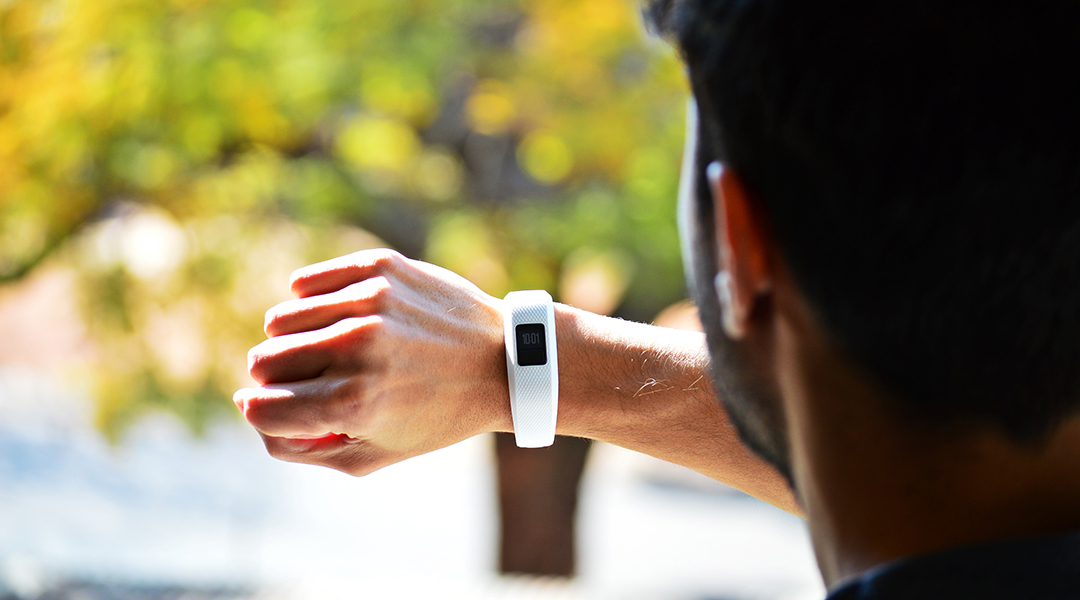
Powering wearable health monitoring devices without batteries
A battery-free wearable device wirelessly monitors health using body heat for continuous power.
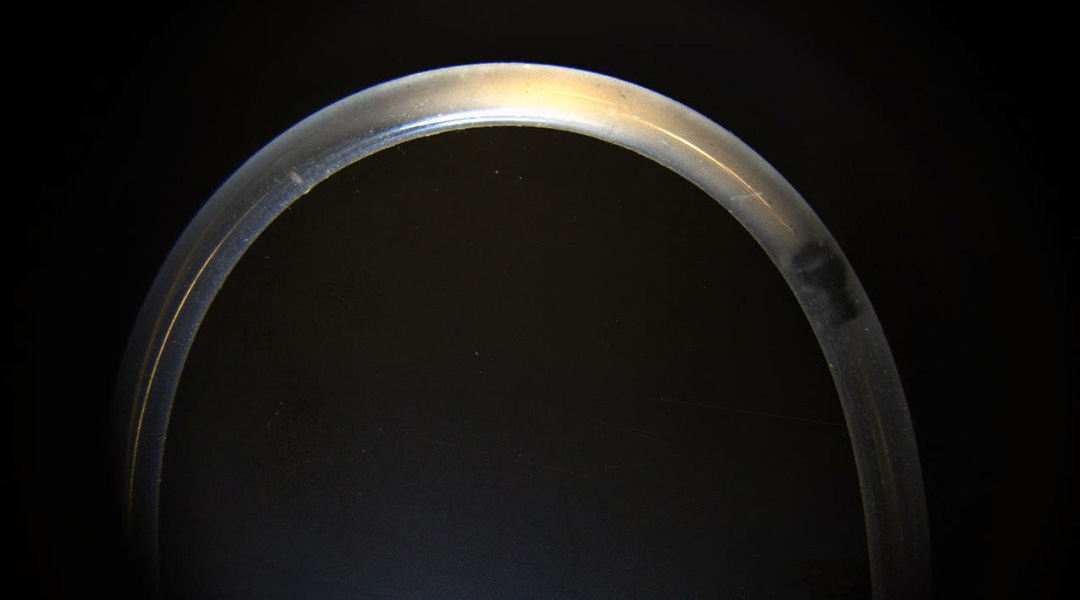
Micromachines destroy bacterial biofilms in hard-to-reach places
Magnetic hydrogel micromachines break up biofilms and release antibiotics, combating biofilm infections associated with medical devices.
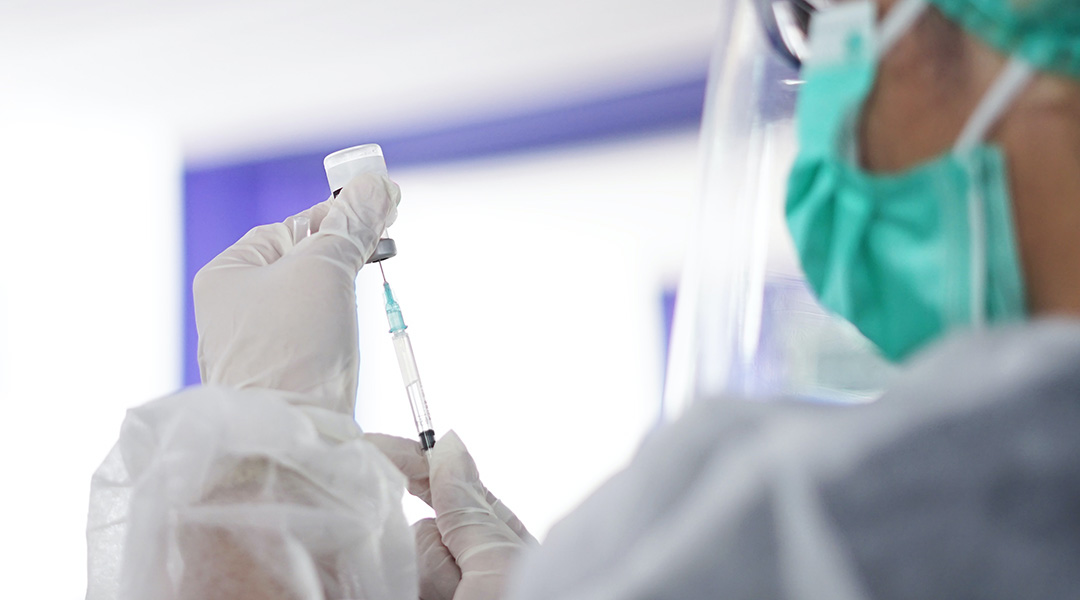
Hydrogel vaccines could spell the end of booster shots and vaccine inequity
A hydrogel delivery system boosts single-dose efficacy and provides a potential tool to fight future pandemics and vaccine inequity.

Study finds a 1% reduction in body weight can attenuate brain aging
Using brain imaging, scientists discover reduced brain aging after just 18 months of healthy diet and exercise.

Infrared: The future of anti-counterfeit tags?
A new study proposes a technique to print images on a special surface such that they can only be seen by authorized recipients.
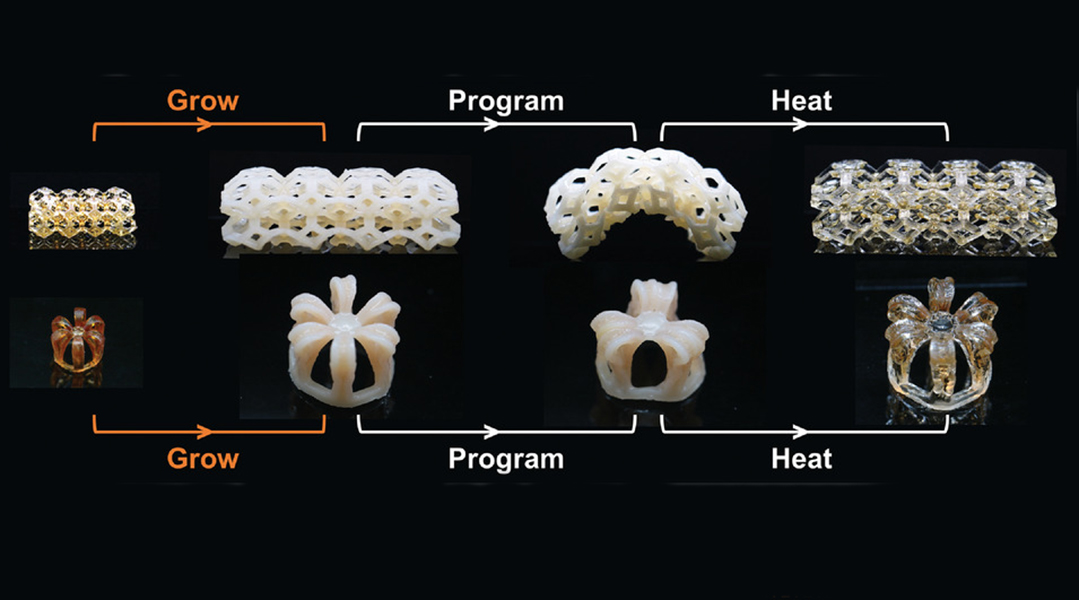
4D printing “living” structures inspired by immortal jellyfish
4D printing produces a living polymer network that can be printed into 3D shapes and then broken down into its monomer units for reuse.
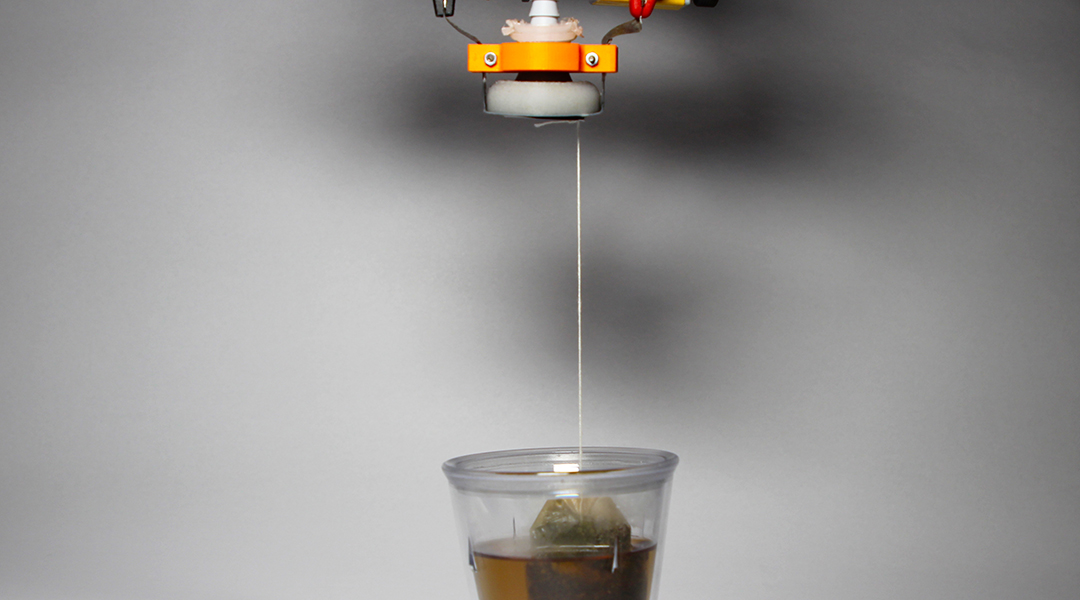
A soft robotic hand takes a two-pronged approach to grasping
Resembling a balloon filled with coffee grounds, this gripper uses granular jamming and electrostatic interactions to manipulate objects.

Pathogen detection with nanotechnology
Researchers turn to nanotechnology to boost the detection of pathogens, including SARS-CoV-2.

Plant immunity to fungal pathogens developed millions of years ago
As plants evolved to live on land, so too did their immune systems, offering protection against dangerous fungi.
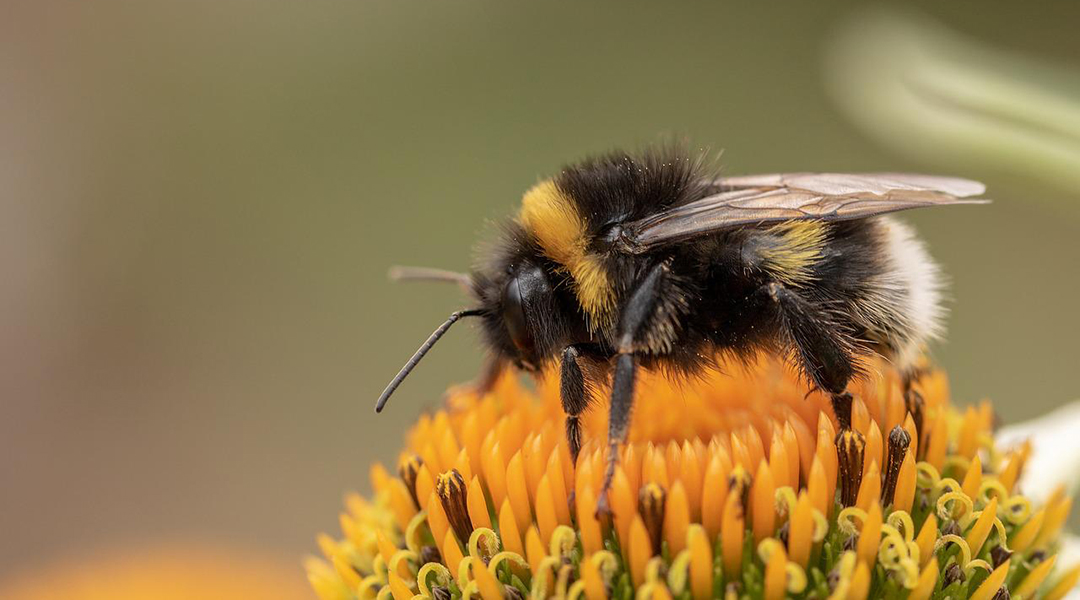
Isolated bumblebees become socially awkward
Low levels of socialization are sufficient in maintaining typical behavior and brain development in bumblebees.
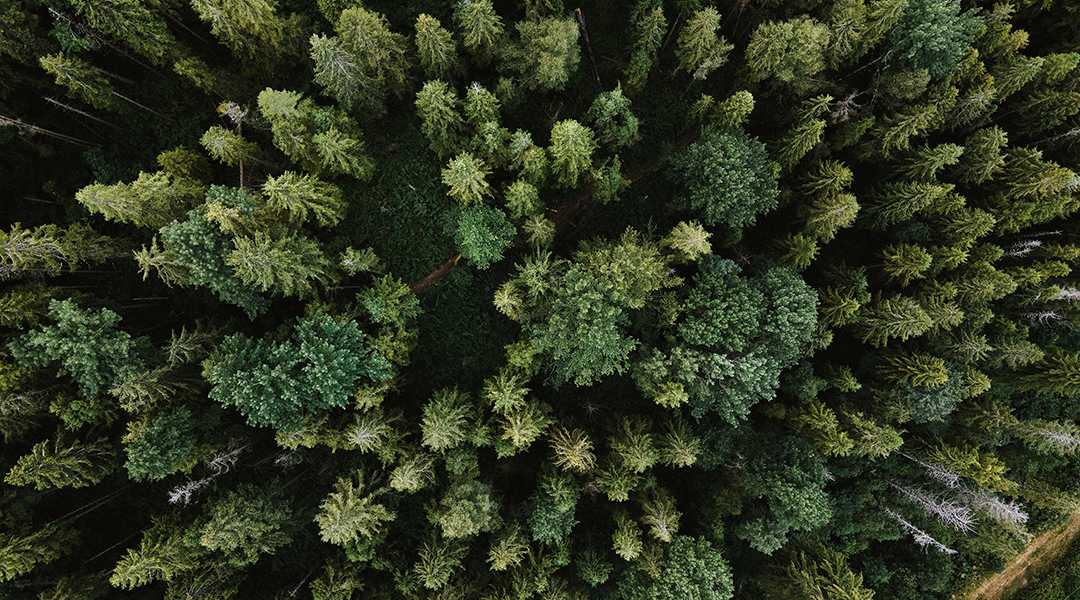
Forest restoration benefits depend on location
The long-term benefits of global forest restoration to support biodiversity and ecosystems depends on climate and forest type.
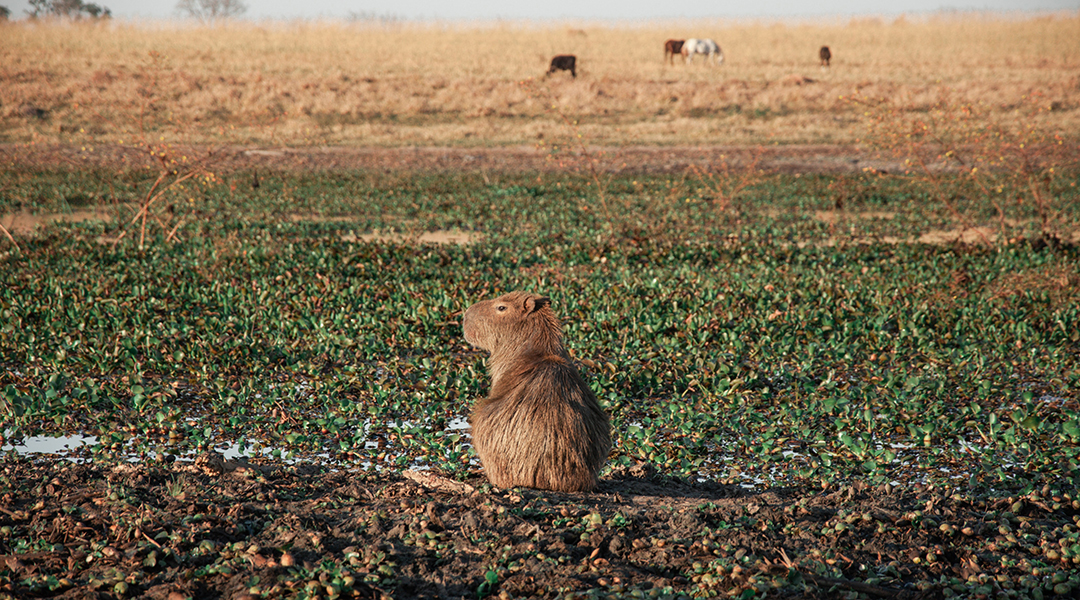
How the capybara could improve biofuels
Unique enzymes found in the gut of sugarcane-eating capybaras could help convert agricultural waste into low-carbon biofuels.
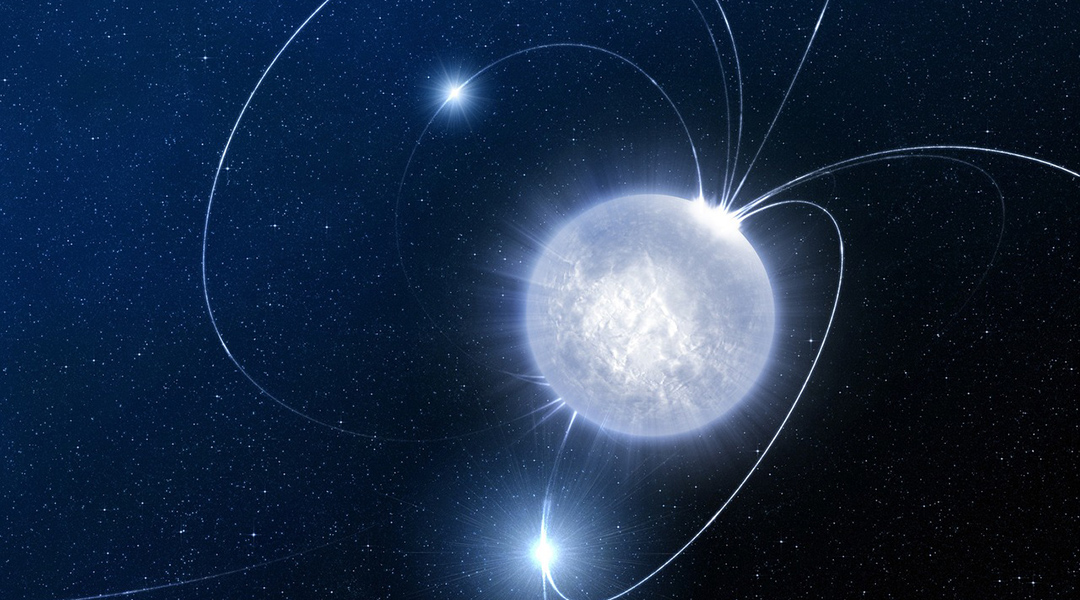
A quark star may have just been discovered
More confirmation needed to see if recently discovered object is a quark star.
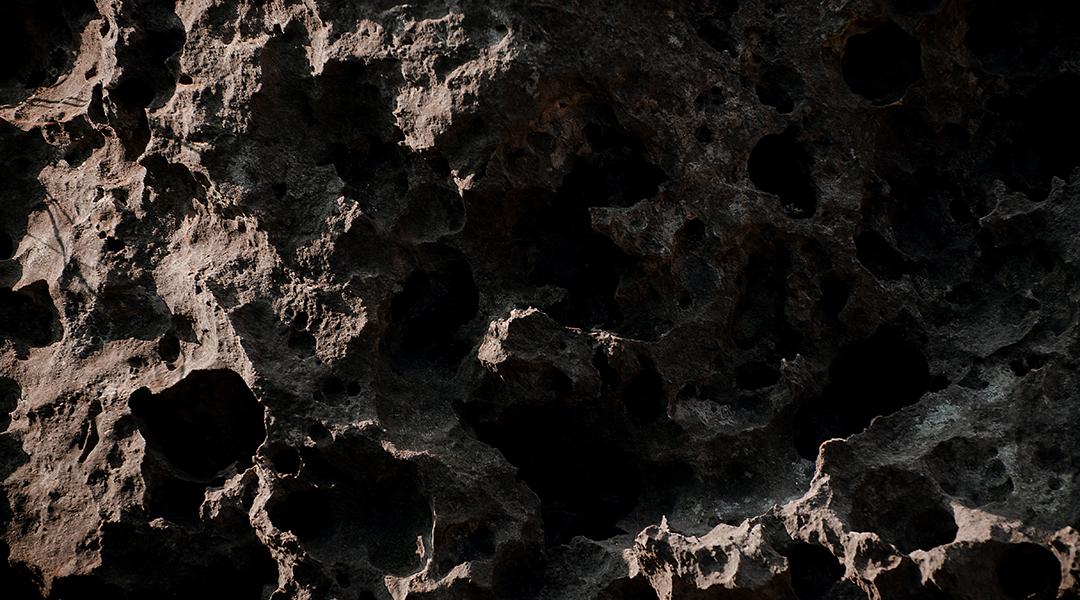
Largest-ever radar study of near-Earth asteroids
Years’ worth of radar data from the now-destroyed Arecibo Observatory has helped detail almost 200 near-Earth asteroids.

Defining the edges of galaxies
Using a new definition of galaxy size, astronomers have uncovered new, exciting findings about how they formed and evolved.
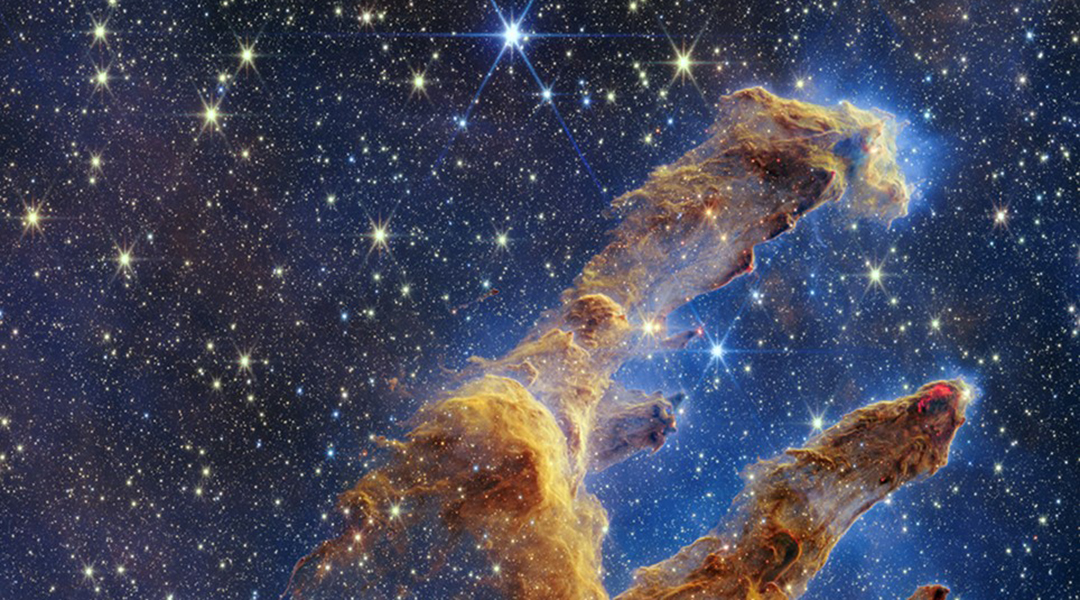
James Webb Telescope images the Pillars of Creation
This month, NASA’s James Webb Telescope captured images of the Pillars of Creation in breathtaking detail.



